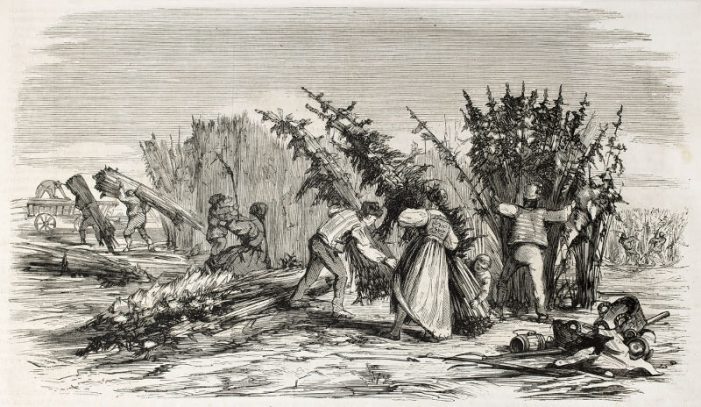History is often looked at through the perspective of a very high-up official. We look at military history through the eyes of a general. We look at political history through the eyes of a president or prime minister.
But what if we look at history through the perspective of drugs? Specifically, what if we look at history through the perspective of marijuana?
This isn’t as gonzo of an idea as you might think. In my days as an Ottoman historian I knew someone doing his thesis on opium smuggling in Interwar Turkey and Beyond. The Opium Wars and the massive trade in opium between South Asia and China over the nineteenth century attest to the prominent role of opium within the history of colonialism and globalization.
Today I’m talking with David Bienestock, host of the Great Moments in Weed History about how hashish arrives in Europe via the Napoleonic invasion. In 1798, Napoleon invaded Egypt in a failed attempt to install colonial rule. French soldiers did succeed in enthusiastically adopting the local custom of consuming hashish, a practice with a long, storied history in the Islamic world. When the occupation ended, they brought a taste for cannabis home that lead directly to the formation of Paris’s famed Club des Hashischins, where Alexandre Dumas, Victor Hugo, Honoré de Balzac, and Charles Baudelaire drank coffee laced with marijuana.
In particular we discuss:
— How the origin of the word “assassin” has to do with authorities looking down on consumers of hashish
— Humanity’s 10,000-year history with marijuana
— How Europe first discover hashish during the Napoleonic occupation of Egypt
RESOURCES MENTIONED IN THIS EPISODE
davidbienenstock.com
Cite This Article
"The History of Cannabis and Its Use By Humans" History on the Net© 2000-2024, Salem Media.
July 27, 2024 <https://www.historyonthenet.com/history-cannabis-use-humans>
More Citation Information.






